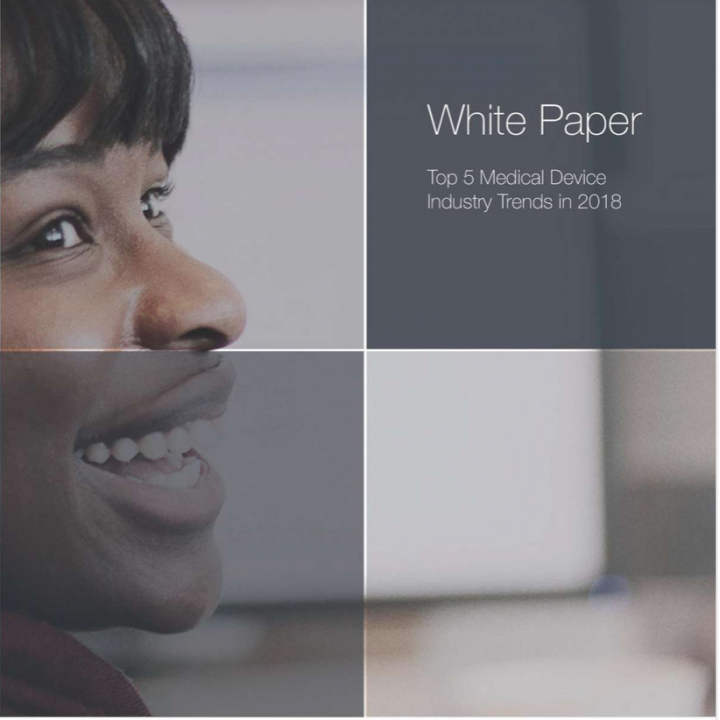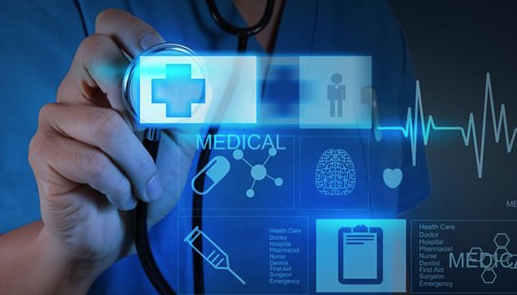So far, we’ve considered what an aging populace, emerging countries, and rising chronic disease have to do with the IVD industry.
In the U.S., there’s perhaps no bigger example of change in the healthcare industry than the Patient Protection and Affordable Care
Act (PPACA), more commonly referred to as the Affordable Care Act (ACA). President Barack Obama signed the ACA into law on
March 23, 2010, though individual components of the ACA went into effect over the course of several years.16 This comprehensive
act has already begun to change the ways insurance companies and health care providers deliver healthcare. For the purposes of
this manual, we’re going to take an extremely high-level look at the ACA as it relates to the IVD industry. A thorough analysis of
the impacts of federal health reform would easily fill an entire series of scholarly volumes. Becoming an expert on the intricacies
of the ACA itself is no mean feat, either; the “condensed” version of the legislation is more than 900 pages long! To access the full
document, and to find everything else you ever wanted to know about the ACA, you can visit www.healthcare.gov.
Briefly, the ACA seeks to accomplish several main things:
• Requires U.S. citizens and legal residents to have health insurance
• Provides more access to affordable healthcare
• Reduces the costs of providing healthcare
• Improves the quality of healthcare
• Emphasizes wellness and prevention
• Encourages innovation in healthcare
• Promotes public health16
The most basic premise behind the ACA is that if Americans have affordable choices for health insurance and are encouraged
to stay well in the first place, there will be fewer uninsured people and a greater number of healthy ones. Healthcare costs will
stay under control, because it’s much less expensive to help people stay well than it is to wait for them to develop costly acute
or chronic health conditions. Already, the ACA has led to a substantial reduction in the uninsured population. The National
Conference of State Legislatures estimates that before health reform, 32 million Americans were without even the most basic
health insurance.17 By allowing unmarried, young adults to stay on their parents’ health insurance plans up to age 26, the
expansion of Medicaid, and subsidies for lower-income individuals and families to purchase health coverage through state and
federal exchanges, the ACA has reduced the number of non-elderly uninsured by 9 million people since January 2014.18
Other key provisions of the ACA will have a marked effect on reimbursement for medical care and other healthcare-related costs.
Lifetime policy limits are eliminated and out-of-pocket yearly expenses are capped. Insurance companies are not able to refuse
coverage for pre-existing medical conditions, drop individuals without due cause, or arbitrarily raise premiums. For individuals, this
will result in lower premiums and health care expenses; medical-related bankruptcies may become a thing of the past.
From an IVD standpoint, the implications of this are pretty clear: there are now millions of newly insured people who now have
access to healthcare that they didn’t have a few years ago. These new patients are creating demand for healthcare services from
hospitals, primary care physicians, and labs. IVD companies and clinical labs stand to benefit greatly from this increased demand,
provided they have their products fill the patients’ needs and fit within their (or their insurance companies’) financial constraints.
Despite the potential benefits of the ACA, it has been mired in controversy from the beginning. One of the ACA’s core
mandates is to reduce healthcare costs, which are reaching unsustainable levels (we’ll take a closer look at this particular
trend at the end of Section 1). For now, though, consider this: as a direct result of health reform, Medicare reimbursement
payments have gone down.19 The Centers for Medicare & Medicaid Services (CMS) announced that it will completely
overhaul its clinical laboratory fee schedule (CLFS) – that means adjustments to every single one of its 1,200 codes.20 These
changes won’t happen overnight, of course, but the end result will be the same: reimbursement cuts. In certain baseline test
situations, there may even be no reimbursement at all.
http://www.insightpharmareports.com/Commercializing-Novel-IVDs-Report/





